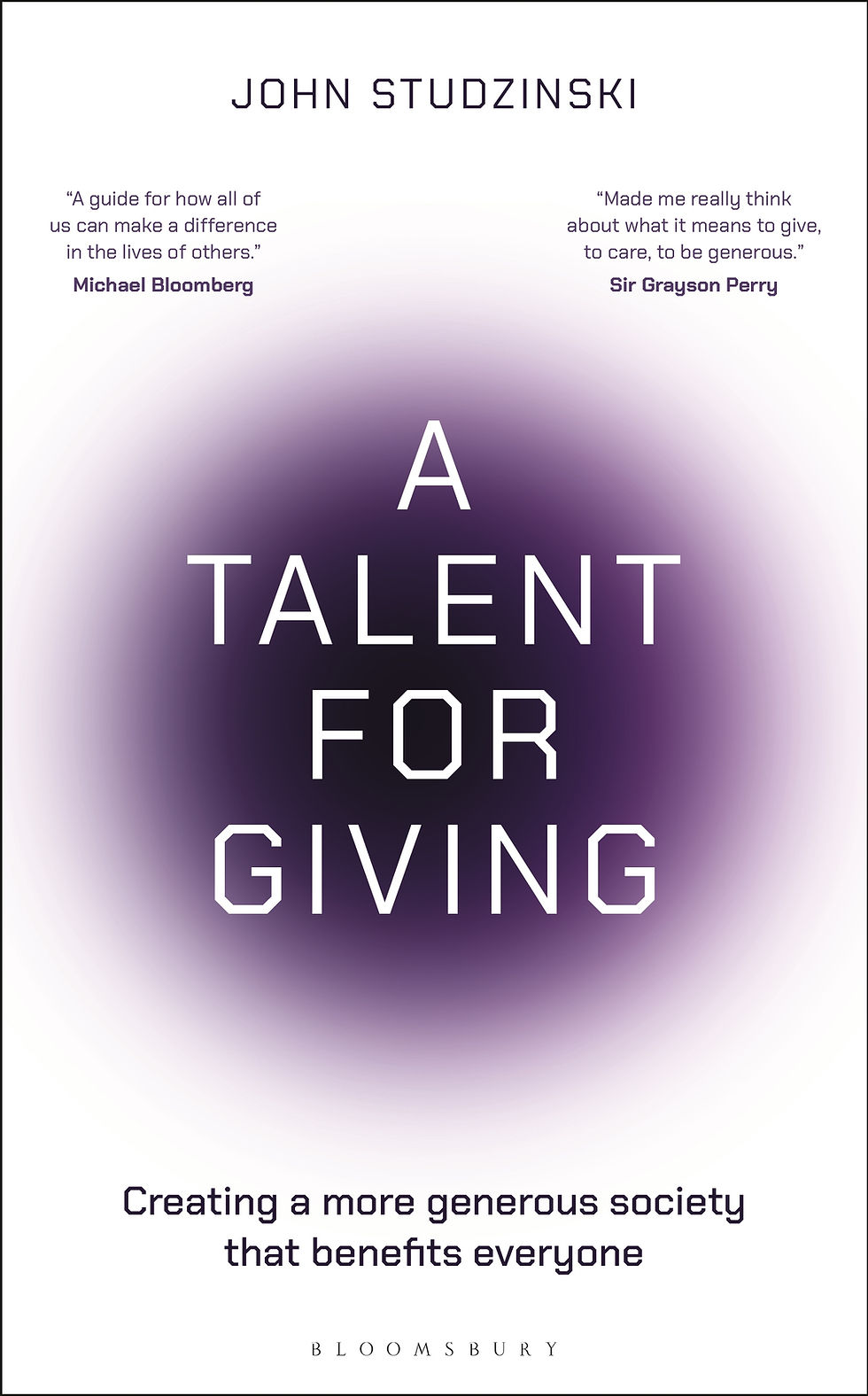For many years, Ottomanist historians have been accustomed to study the Ottoman Empire and/or its constituent regions as entities insulated from the outside world, except when it came to ‘campaigns and conquests’ on the one hand, and ‘incorporation into the European-dominated world economy’ on the other. However, now many scholars have come to accept that the Ottoman Empire was one of the - not very numerous - long-lived ‘world empires’ that have emerged in history. This comparative social history compares the Ottoman to another of the great world empires, that of the Mughals in the Indian subcontinent, exploring source criticism, diversities in the linguistic and religious fields as political problems, and the fates of ordinary subjects including merchants, artisans, women and slaves.
The Ottoman and Mughal Empires
Suraiya Faroqhi
A comparative social history between the two great world empires of the Ottomans and the Mughals.
Rights Sold
Simplified Chinese, TurkishBook Details
Imprint: I.B. Tauris
Publication Date: 08-08-2019
Format: Hardback | 234 x 156mm | 384 pagesAbout the Author
Suraiya Faroqhi is a professor of history at Ibn Haldun University, Istanbul, Turkey. Her focus is on Ottoman social history of the early modern period, especially women, artisan production, the use of objects as historical sources, as well as urban life and cross-cultural linkages, her most recent publications are, A Cultural History of the Ottomans: The Imperial Elite and its Artefacts ( I. B. Tauris, 2016), and The Ottoman and Mughal Empires: Social History in the Early Modern World (I.B. Tauris, 2019).
Material Available
















